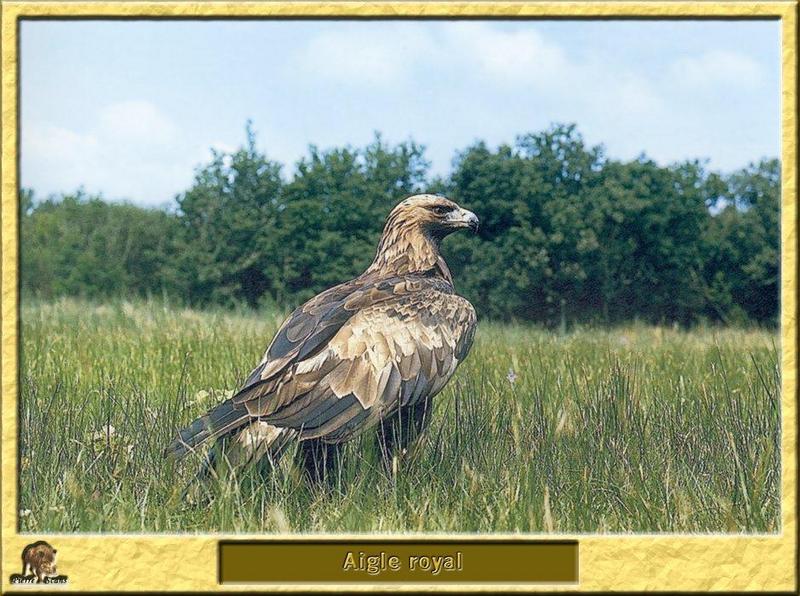|
| Query: birds of america | Result: 372nd of 1888 | |
Golden Eagle (Aquila chrysaetos)<!--검독수리-->
| Subject: | Golden Eagle (Aquila chrysaetos)
| |

| Resolution: 940x700
File Size: 144630 Bytes
Upload Date: 2005:03:08 01:17:46
|
Birds of Europe
Golden Eagle (Aquila chrysaetos)
The Golden Eagle (Aquila chrysaetos) is one of the best known birds of prey in the Northern Hemisphere. Like all eagles, it belongs to the family Accipitridae. Once distributed across North America, Europe and Asia, it has disappeared from many of the more heavily populated areas.
The Golden Eagle is one of twelve species of large predominantly dark-coloured eagles in the genus Aquila found worldwide; a large brown bird of prey, it has a wingspan averaging over 2 m (7 ft) and up to 1m (3 ft) in body length.
|
Comments |
|---|
| | Guest |
|
Scientific Name: Aquila chrysaetos (Linnaeus, 1758)
Common Names: Golden Eagle
French: Aigle royal German: Steinadler Spanish: Águila real
Taxonomy: Falco Chrysaëtos Linnaeus, 1758, Sweden. |
^o^
Animal Pictures Archive for smart phones
^o^
|
|
|